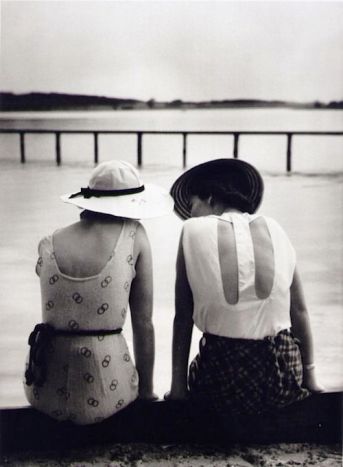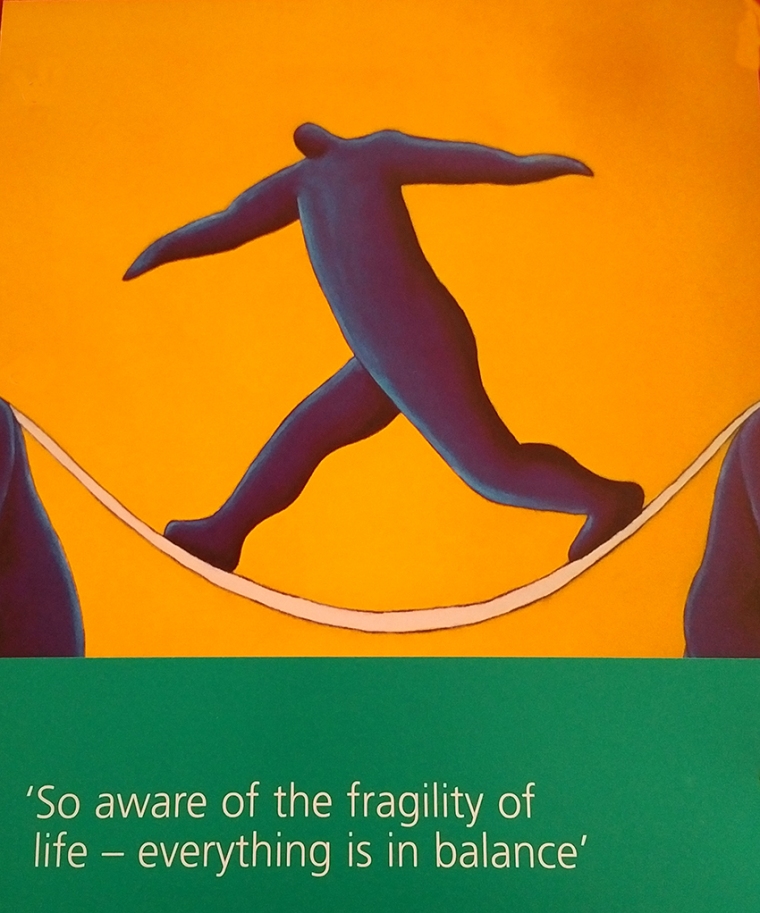 First up, let’s be clear that our precious family members and our special friends cannot be our therapists. The honest ones among them will tell you that they really don’t want to be our counsellors either – they just want to be their normal selves – mom, friend, cousin etc.
First up, let’s be clear that our precious family members and our special friends cannot be our therapists. The honest ones among them will tell you that they really don’t want to be our counsellors either – they just want to be their normal selves – mom, friend, cousin etc.
Then, while we’re being honest – most of us try to protect the people we love from the ugly, ungrateful, hurtful, or dark thoughts that we have around the topic of cancer, its treatment or an uncertain future. Which makes it hard to truly share with any one person exactly what we’re thinking or feeling.
- We edit what we share
- We filter what we hear
- We are selective about what we remember
So suddenly it’s very clear that actually, it’s pretty tough chatting through our deep emotions with people who are important to us. We might not have the words to say what we’re feeling, we might not know what to think. We usually don’t even know where to begin with our emotional “stuff” that we’re told we have to “deal with”.
And that, very simply, is why it is so helpful to meet with a neutral, objective, trained and skilled person when you’re feeling scrambled, low, overwhelmed or plain pissed off. It is a huge relief to offload on someone whose job it is not to judge you, but to listen to you. Their job is to calmly provide a safe space where you can say what’s on your heart, cry or rant without hurting anyone’s feelings.
There will be times when that professional needs to challenge your opinions or perceptions, or may need to provide you with clear information that will help set you on a better path. There are times that your listener may probe a little deeper, or may ask you questions that make you think and reflect more carefully – all this is part of your healing journey.
Seeing someone for emotional support might mean having a few sessions to examine different issues or concerns, or practice new skills in between sessions. You will not always come away from a session smiling and jumping for joy – sometimes we need to have a “heavy session” that may include tears or rage, as a catharsis. What you should feel every time is that you have been heard and acknowledged as an individual. Often you will feel a sense of relief or lightness that you’ve been able to speak your mind – you’ve been brave and honest enough to express yourself and that is an important beginning point…
A social worker with medical or oncology experience will be able to provide emotional support with an understanding of the psychological impact of cancer and its treatment, as well as having insight into some of the practical challenges that people face. Most State oncology departments employ social workers, and some private practices offer this service as well – ask your oncologist and ask again if you’re not given names to contact!
Some people are keen to join a support group when facing their illness and treatment. As these groups are run in different ways by different organisations, ask your local clinic about what may be available in your area. Remember that groups run for the purpose of sharing information are not designed to provide in-depth emotional support, so make enquiries about the purpose of the group, and about who runs it to help you decide whether it’s a comfortable place for you to be or not.
Social media may also be a source of general support but it’s advisable not to risk your in-depth personal emotions in a public forum, or to take advice from people who may not have the professional skills or training to provide psychological support.
Blog by Clare Manicom, Oncology Social Worker
 If your appetite is suppressed, if you need to build up muscle, if you need to put weight on, or if you are worried about insufficient protein.
If your appetite is suppressed, if you need to build up muscle, if you need to put weight on, or if you are worried about insufficient protein.
 Let’s normalise a few things right now:
Let’s normalise a few things right now: First up, let’s be clear that our precious family members and our special friends cannot be our therapists. The honest ones among them will tell you that they really don’t want to be our counsellors either – they just want to be their normal selves – mom, friend, cousin etc.
First up, let’s be clear that our precious family members and our special friends cannot be our therapists. The honest ones among them will tell you that they really don’t want to be our counsellors either – they just want to be their normal selves – mom, friend, cousin etc.
 Creamy rice porridge
Creamy rice porridge


 My story began when I went to the gynaecologist for a scan to see my baby. What happened was that I got much more than a scan: the doctor did a head to toe examination. He found a lump in my breast and he sent me to a surgeon for a biopsy the following day.
My story began when I went to the gynaecologist for a scan to see my baby. What happened was that I got much more than a scan: the doctor did a head to toe examination. He found a lump in my breast and he sent me to a surgeon for a biopsy the following day.